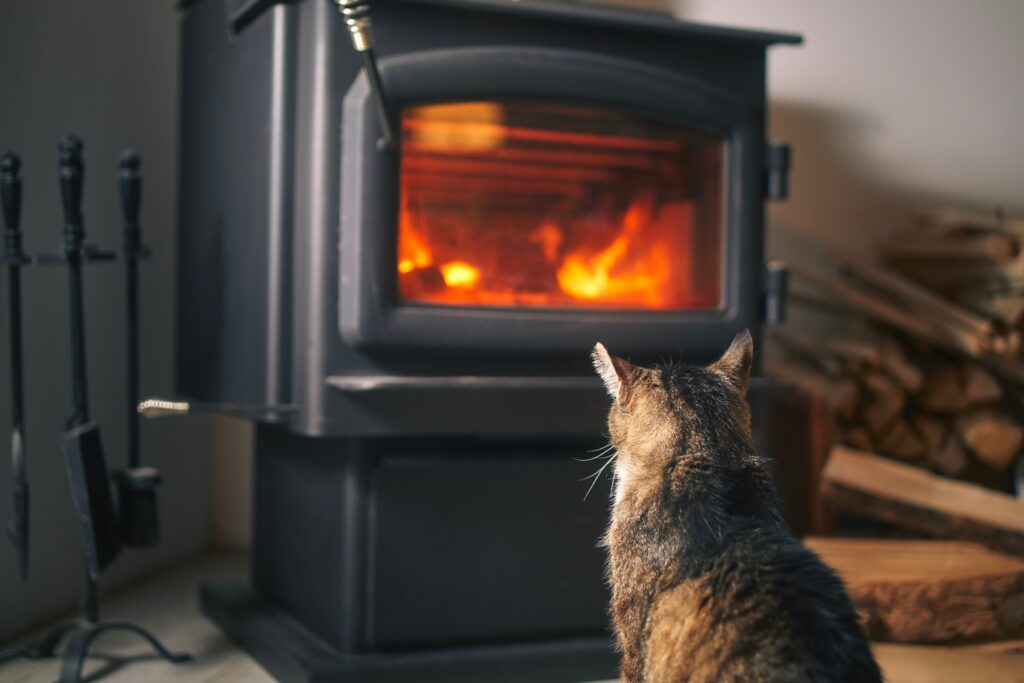Did you know that although 1,000 house fires are caused by pets each year, approximately 500,000 pets per year are affected by house fires? To spread awareness and help keep pets safe, the American Kennel Club (AKC) and ADT Security Services have joined together to make July 15th National Pet Fire Safety Day. Compiled here are some easy and helpful tips to keep your pet safe from fire.
- Pet proof your home – Walk around your home to make sure there aren’t any loose wires, appliances, or any other areas where your pet could start a fire.
- Extinguish open flames – Animals are curious about light and tend to investigate cooking appliances, fireplaces, and candles. Make sure your pet is supervised around flames, keep them away from the area, and put out any flame before leaving. Using a flameless candle that contains a light bulb rather than a fire takes away the danger of a lit candle accidentally being knocked over. Cats are known for knocking things over with their tails.
- Remove your stove knobs – Be sure to remove stove knobs or protect them with covers before leaving the house. According to the National Fire Protection Association, stoves and cooktops are the number one piece of equipment involved in your pet starting a fire.
- Don’t use a glass water bowl on a wooden deck – When sunlight is filtered through glass and water, it can heat up and ignite the wood below it. Use a stainless steel or ceramic bowl instead.
- Securing your pet – Especially with young puppies, keeping them in a crate or behind a baby gate in a secure area will ensure they are away from potential fire-starting hazards. If your pet is older and you still use a crate or confine them to a certain area, make sure they are close to an entrance. If a fire does start, firefighters can easily find them and remove them from the house.
- Use a monitored smoke detection service – Since animals can’t escape, use a smoke detector that is connected to a monitoring center so emergency response teams will be contacted when you’re not home. Battery operated smoke alarms can be used in addition but they may scare your pet.
- Affix a Pet Alert window cling – Write down the number of pets you have inside your house and what type of animal they are and attach it to a front window. This will help rescue teams know to look for your pets. Make sure to keep the number of pets you have updated on the sticker. You can order one for free from the ASPCA by going here.




